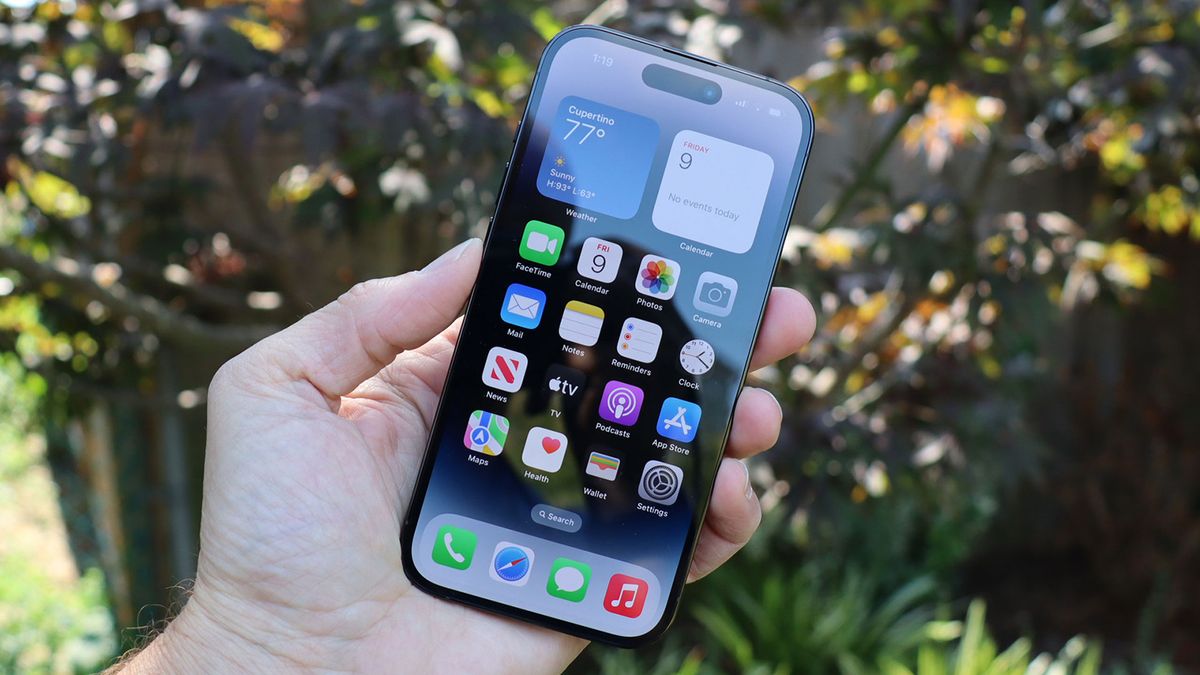How to Automatically Delete Passcode Texts on Android and iOS | WIRED
This feature has been disappearing and reappearing from Google Messages and isn’t available in every region. If you don’t see the menu option, those could be the reasons. If you want another text messaging app that does the same job, SMS Organizer from Microsoft works: Tap the three dots (top right), then Settings, Message rules, and Delete older OTP messages.
On the iPhone, this feature is available only if you’ve upgraded to iOS 17 or later. At the time of writing, the software is in its public beta stage—you can choose to enroll in the public beta or wait for the final version of the software to reach everyone. Once you have iOS 17 installed, the auto-delete OTP feature appears in both Messages and Mail.
The same toggle switch controls the behavior of the feature in both apps: From the main iOS Settings screen, head to Passwords, then tap Password Options and enable Clean Up Automatically. Once your passcodes have been copied over to the relevant app and used, Messages or Mail will take care of deleting the texts or emails that they came in.
Good Passcode Security
Automatically deleting passcodes can certainly help. But there are other precautions you can take to make sure the risk of your accounts getting exposed is as small as possible. That starts with keeping your phone lock screen locked down—the harder it is for someone else to get on your phone, the harder it is for them to get at your passcodes.
You also need to think about the possibility of someone intercepting your text messages or emails. On which other devices and in which other apps can these passcode messages be accessed? Those avenues need to be well blocked off, whether that involves physical access to a particular computer or a third-party app that’s connected to one of your accounts.
With the right know-how and equipment, SMS messages can be intercepted, although it’s harder to do now than it has been. To guard against this, make sure your network provider has your up-to-date contact information, and take advantage of any security precautions available to you—such as security questions to verify your identity over the phone.
You might want to consider switching to an authenticator app for two-step verification, if the accounts you’re using allow it. Apps such as Twilio Authy (Android, iOS) and Google Authenticator (Android, iOS) can produce passcodes directly on your phone, with no text messages or emails required. That limits the opportunity for someone else to intercept those communications.


